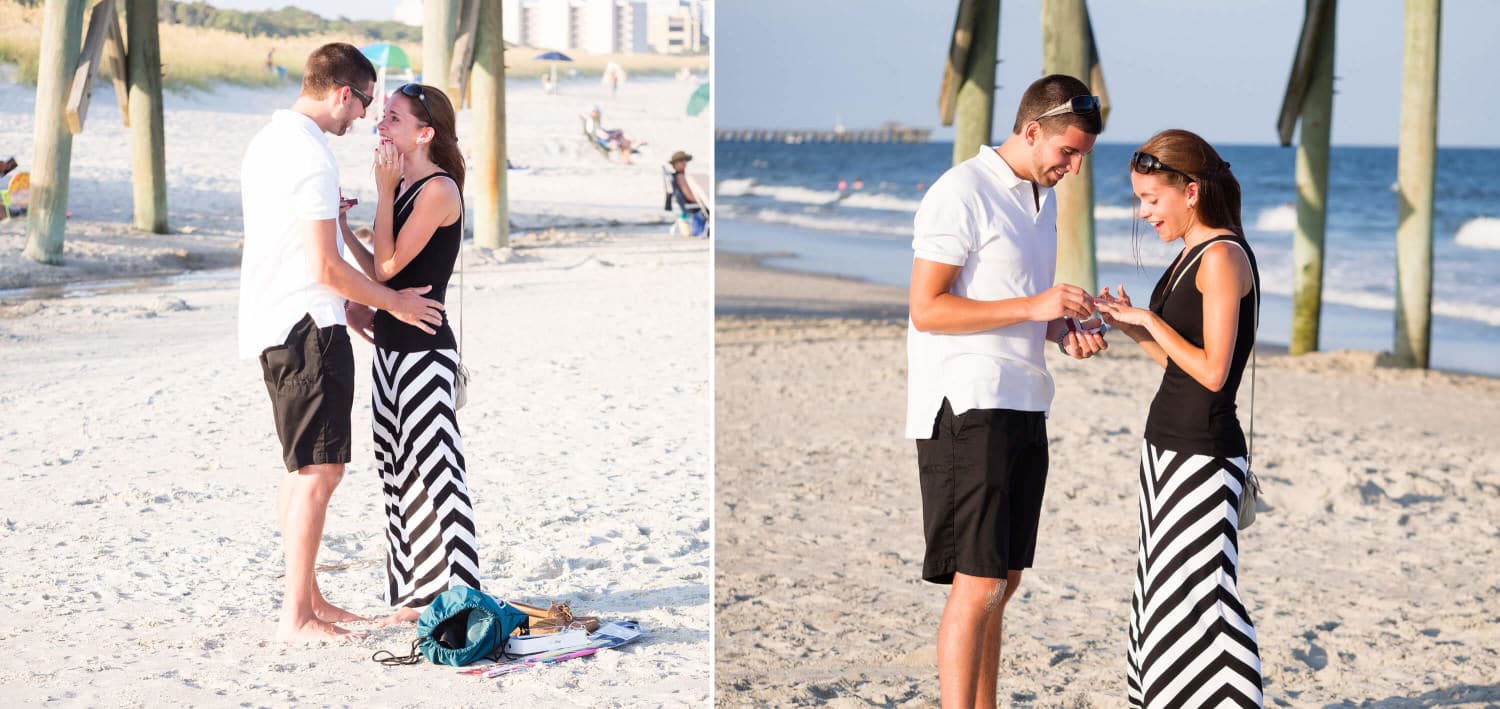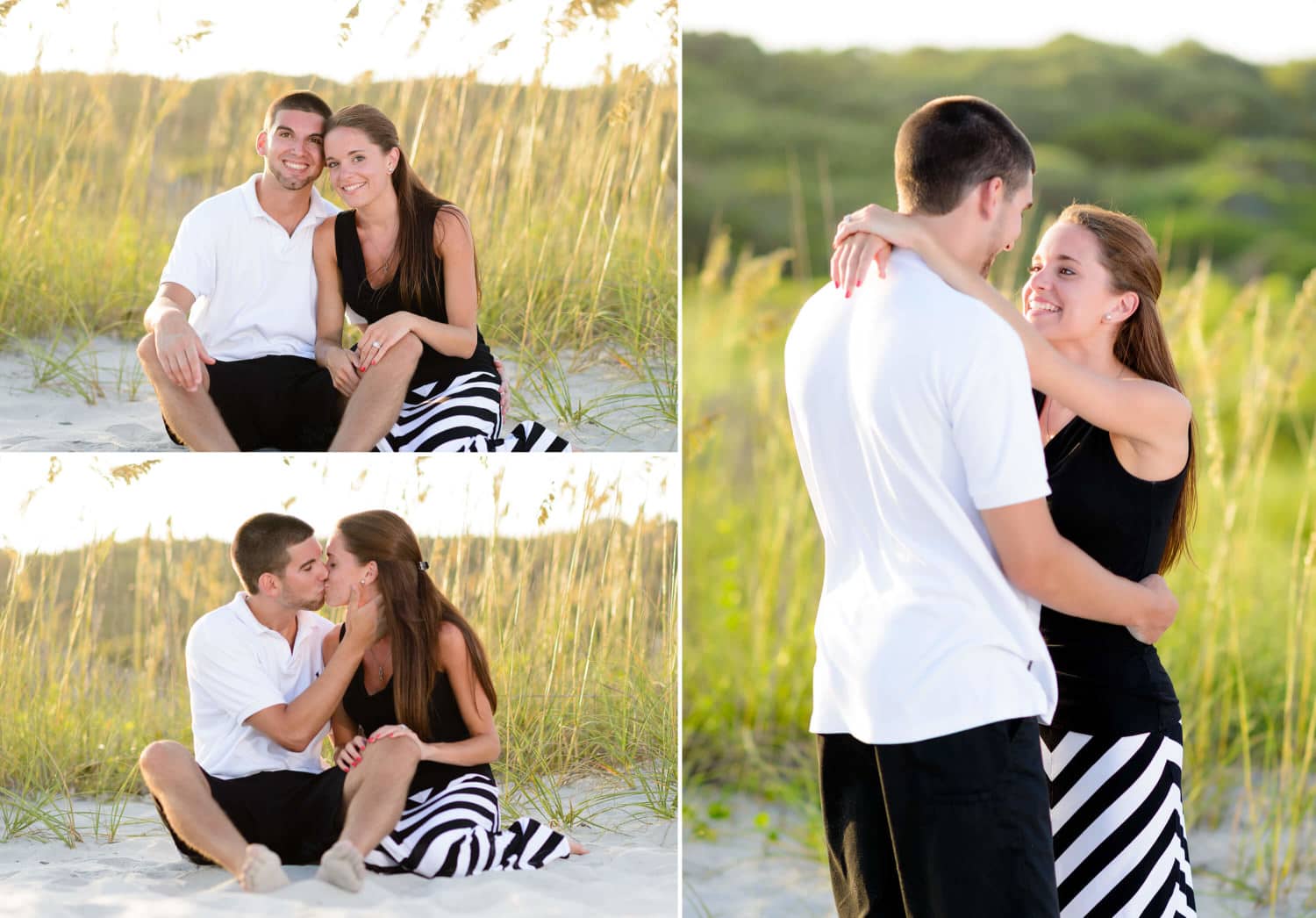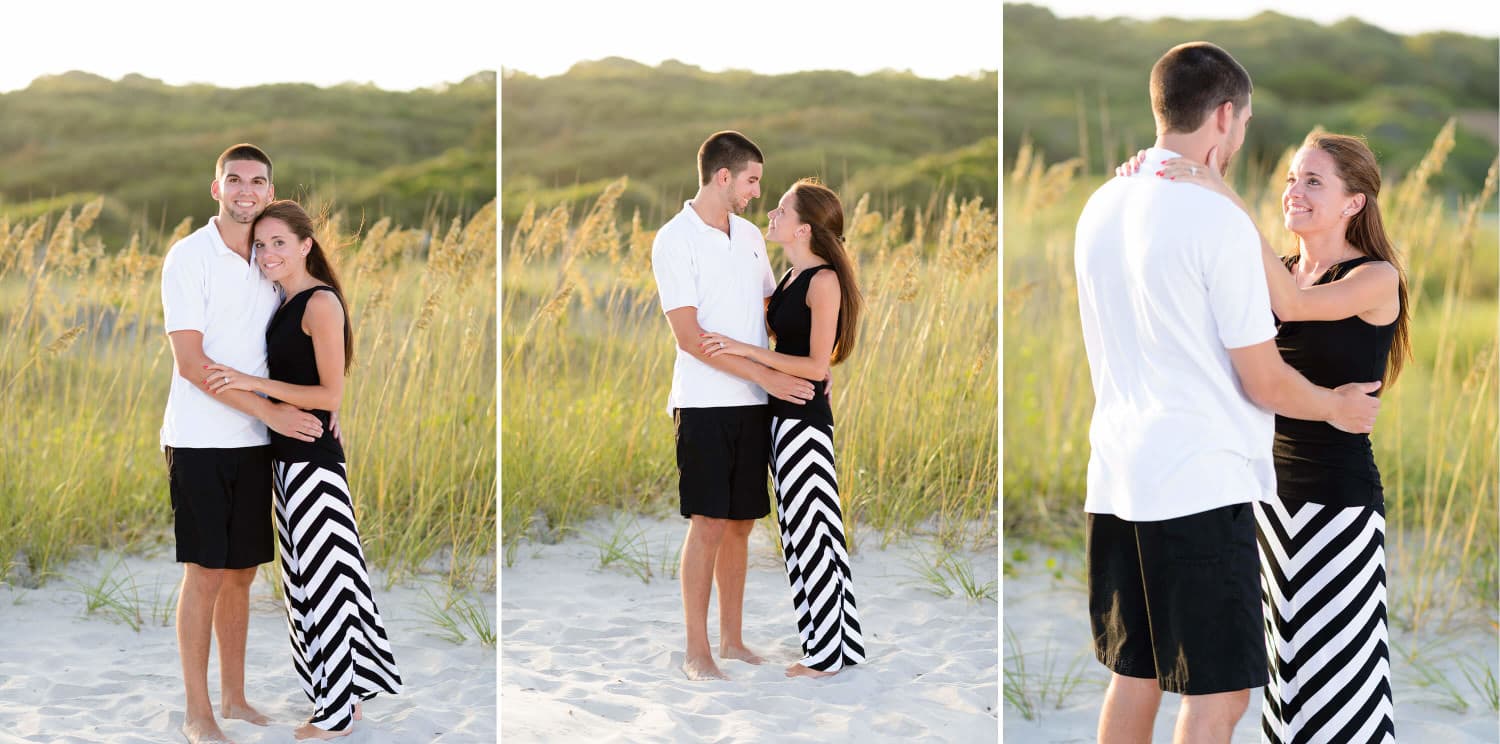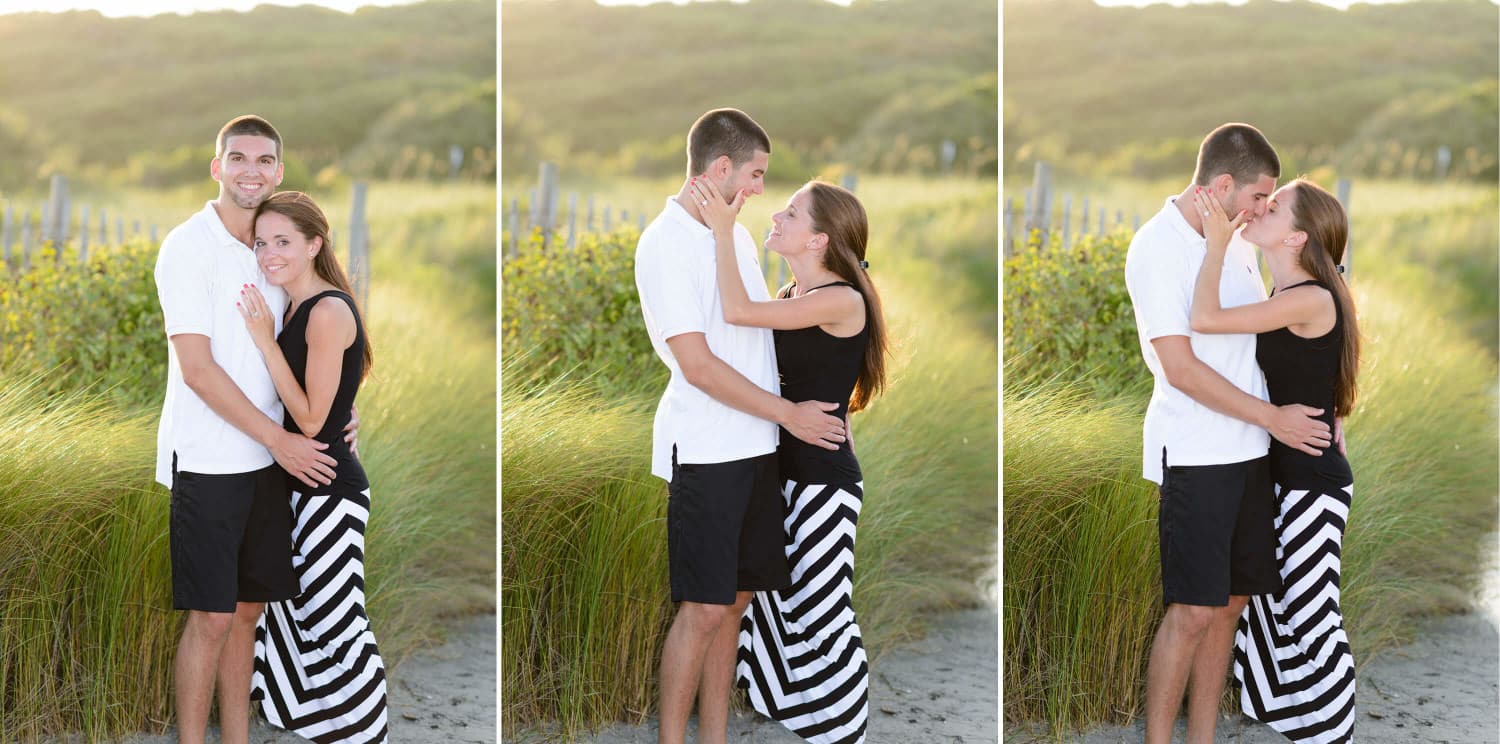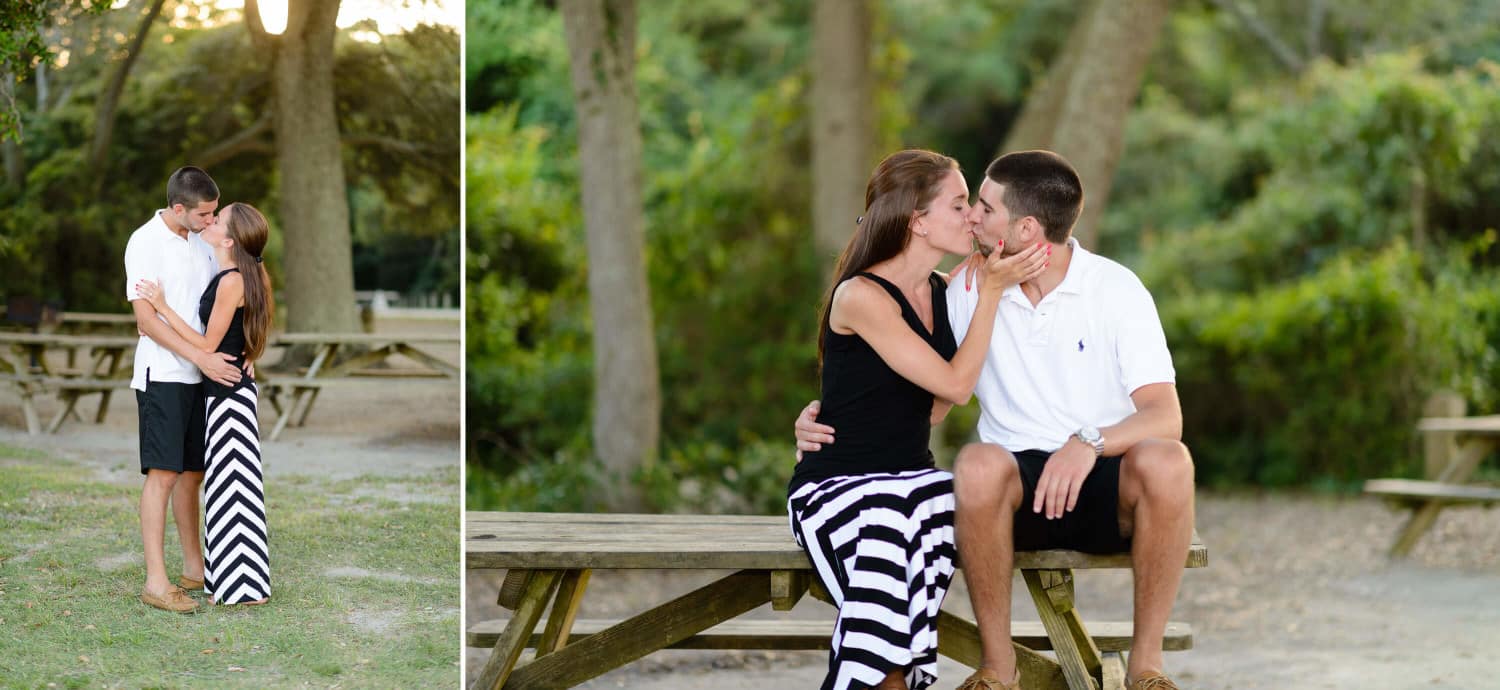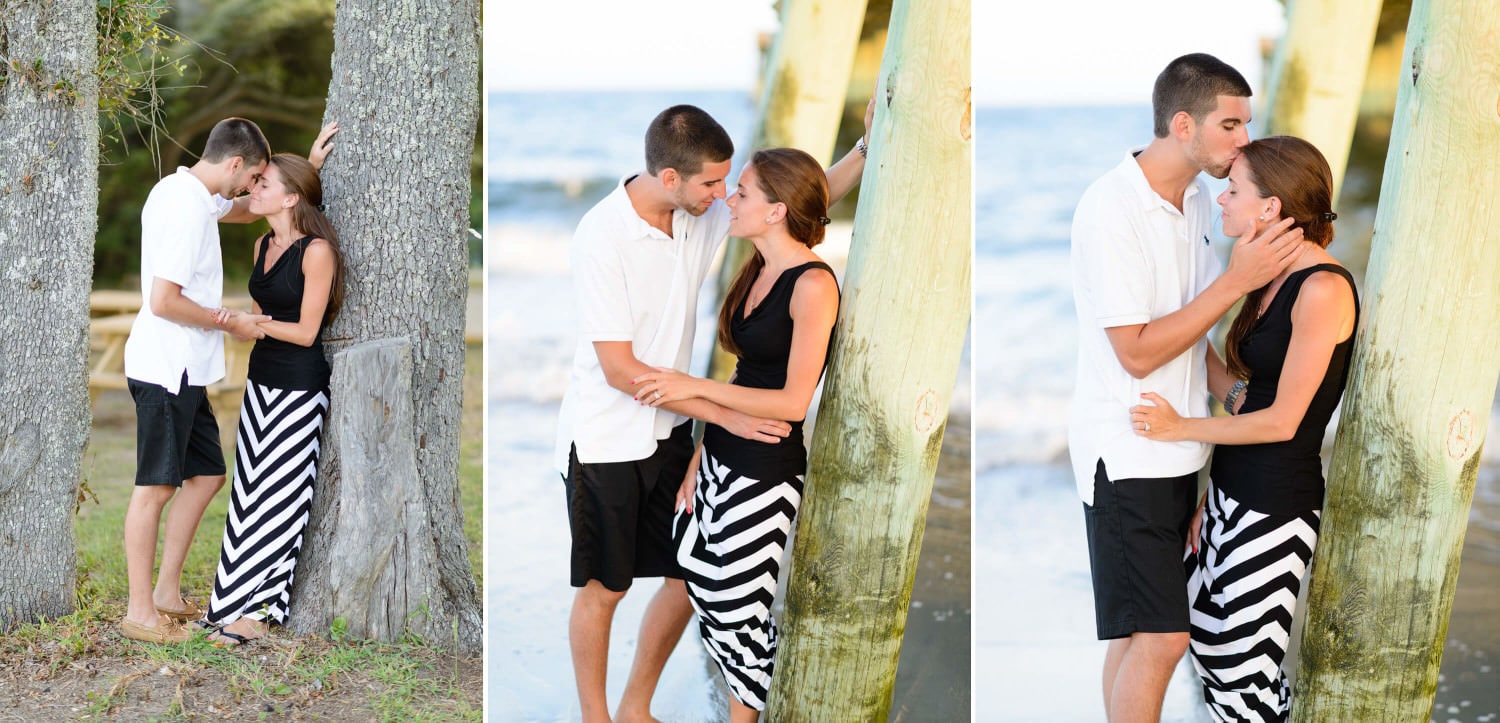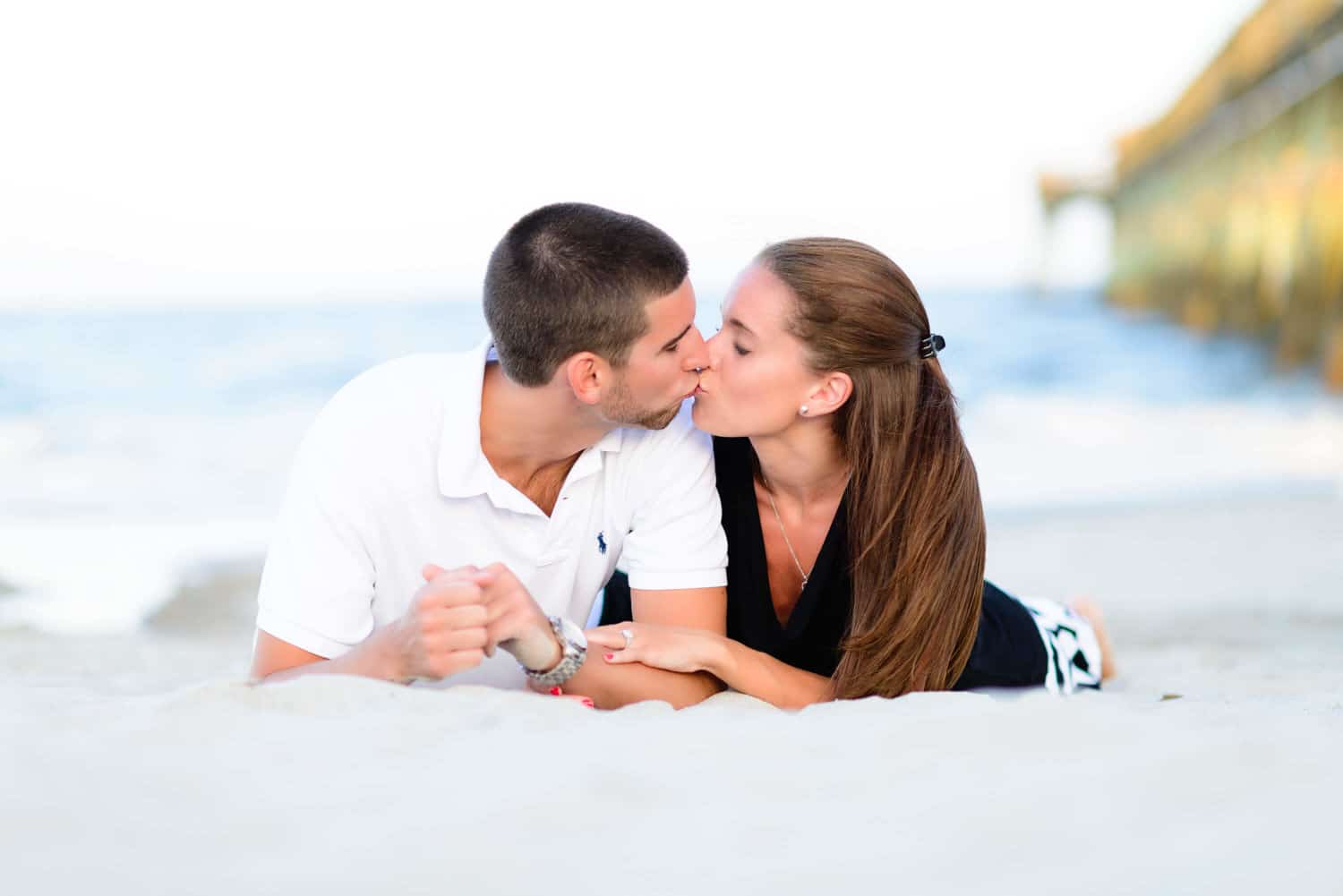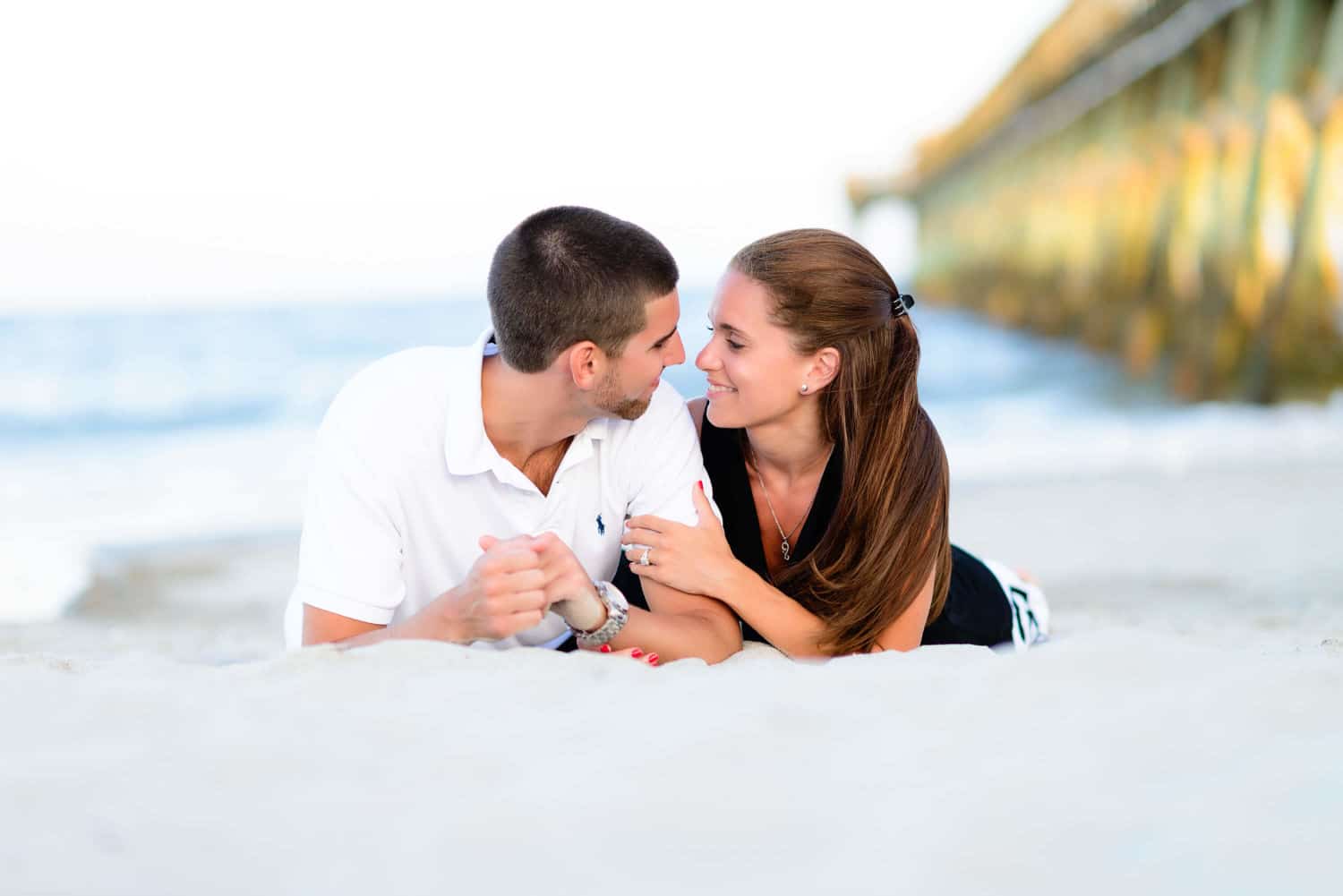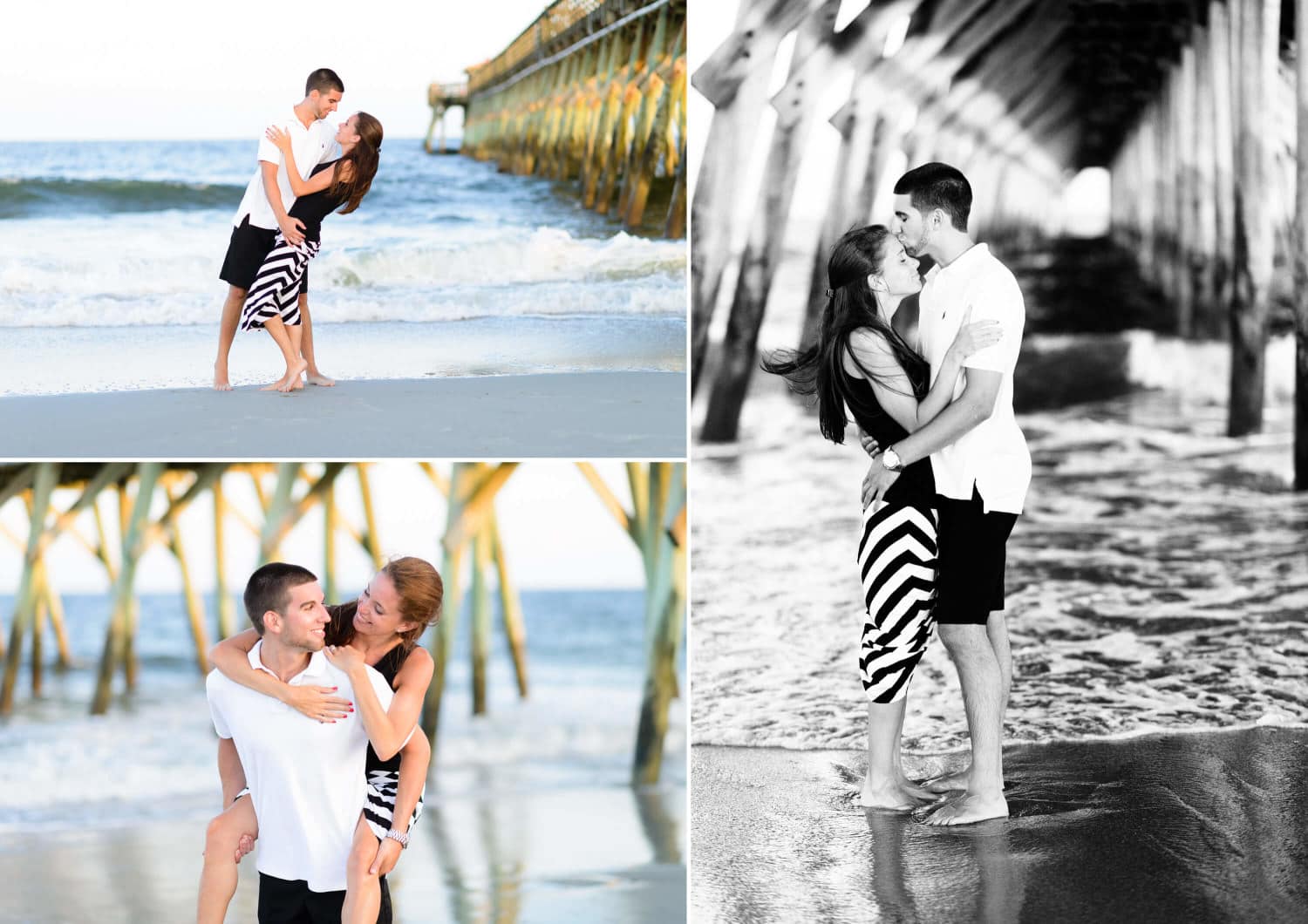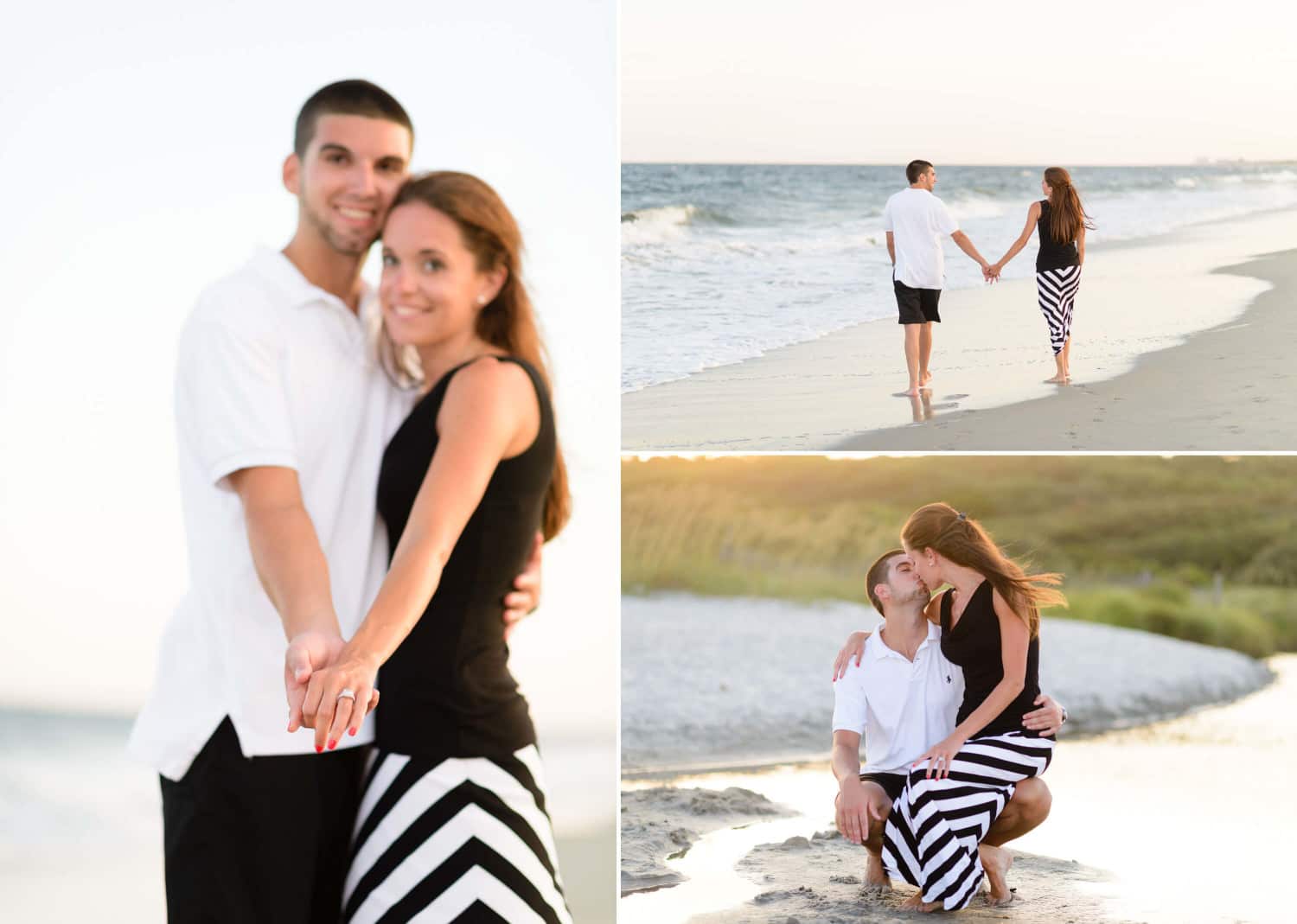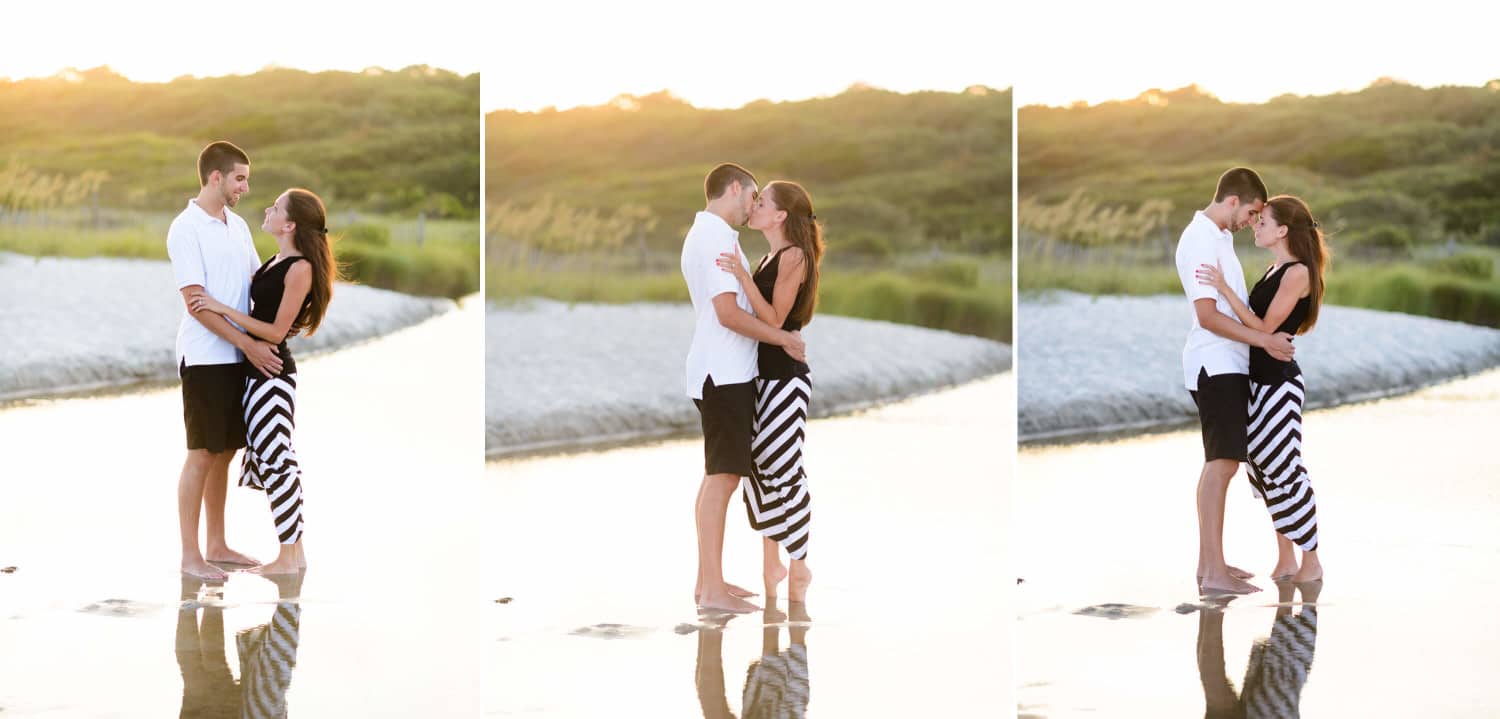I recently had another chance to do pictures of a wedding proposal along with engagement pictures after. This client saw my last blog post and wanted to do something similar, so I guess people do sometimes read my blog. Something cool about being a photographer is you can count all your camera gadgets as a business expense, which, if you are like me, is where a lot of money goes anyway.
I mentioned before that I recently got a small Olympus OM-D mirrorless micro four-thirds camera, mainly to take hiking and for fun, but I’ve been able to incorporate it into my work a bit. Getting a good macro lens for a full-frame camera like my Nikon D800 is extremely expensive, and I only use it occasionally, so it’s hard to justify. But I got a 60mm (equivalent to about 135mm in a full frame lens) macro lens for my Olympus camera, and I’ve done some amazing closeups of bride’s rings and things like that recently.
However, I wanted to be stealthy for the proposal and not look like a big photographer with a huge camera, so I decided to try using my OM-D and the 60mm lens to get some candid shots. It did quite a nice job. The only problem was that I meant for him to take her further away from the pier to propose. There ended up being a bunch of people right in the background. Oh well, it’s hard to be perfect. When I asked later, his fiance did say that she saw me taking the pictures, so I guess I wasn’t quite stealthy enough. But I didn’t notice her looking at me, and it didn’t seem to bother the moment at all, as far as I could tell.
Then, of course, after the initial proposal, I went to my usual gear of the Nikon D800, Nikon 85mm f1.4 lens, and my off-camera flash. When you switch to expensive big camera gear, you will notice a difference in the quality of my little Olympus camera. I listen to some podcasts where they seem to think that photography will be moving to these smaller mirrorless cameras. I can tell you they are nice, but they in no way compare to a big camera with a fast lens. When it comes to camera sensors and lenses, for portraits, bigger is always better. Without going into too much detail, the bigger a sensor and lens are, the better the blur or bokeh in the background. I hope you enjoy some of these pictures below, please don’t forget to like and comment below if you do, or pin some to your Pinterest board.

